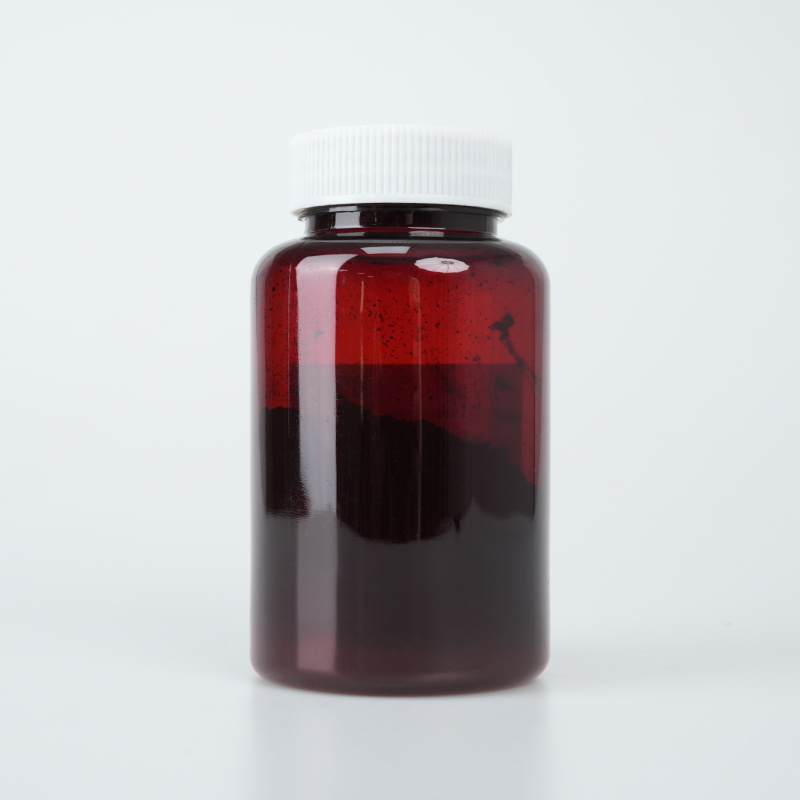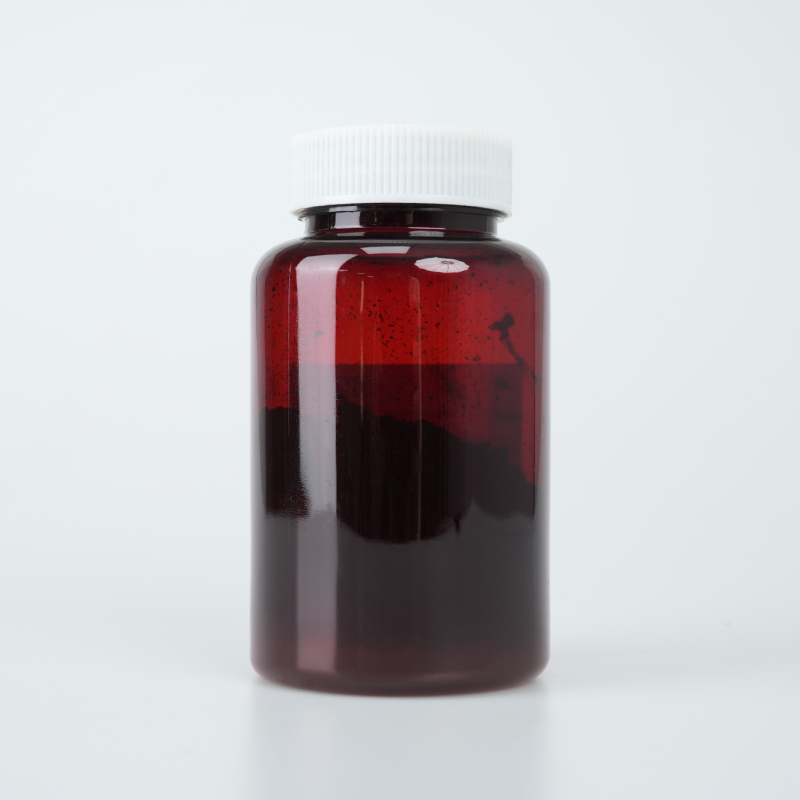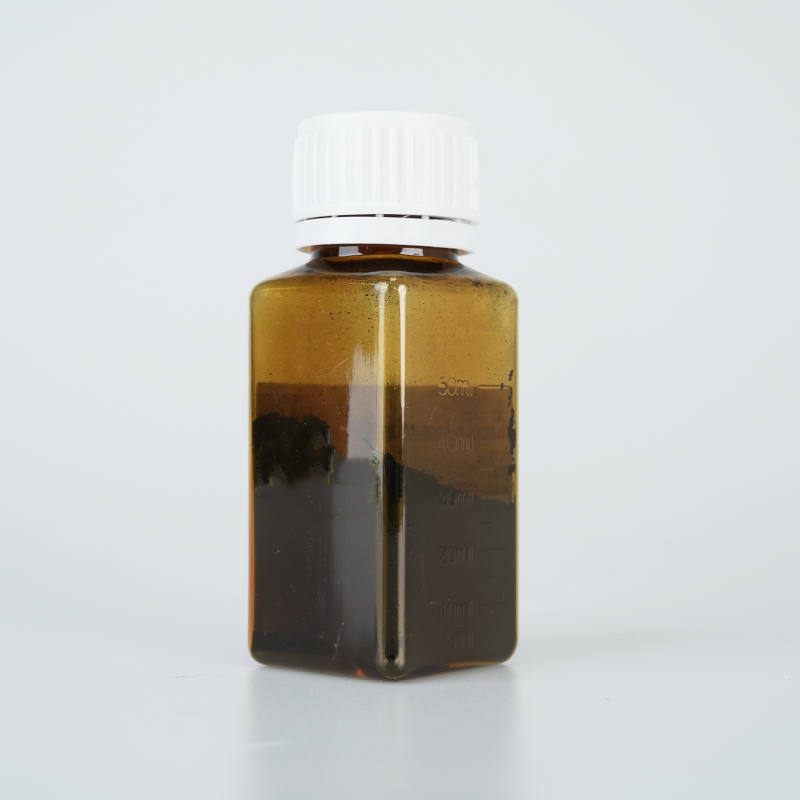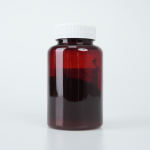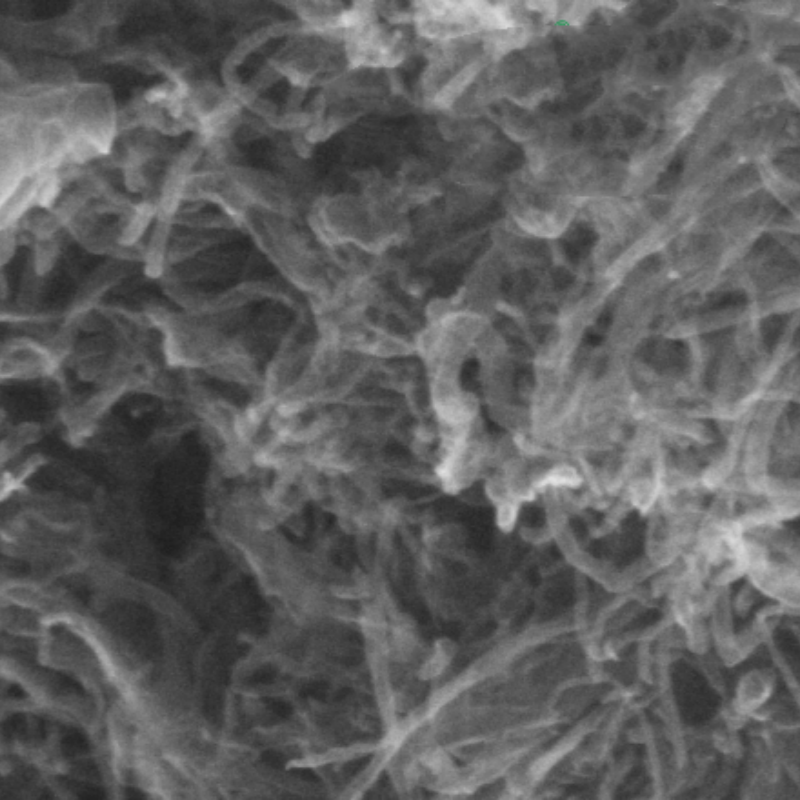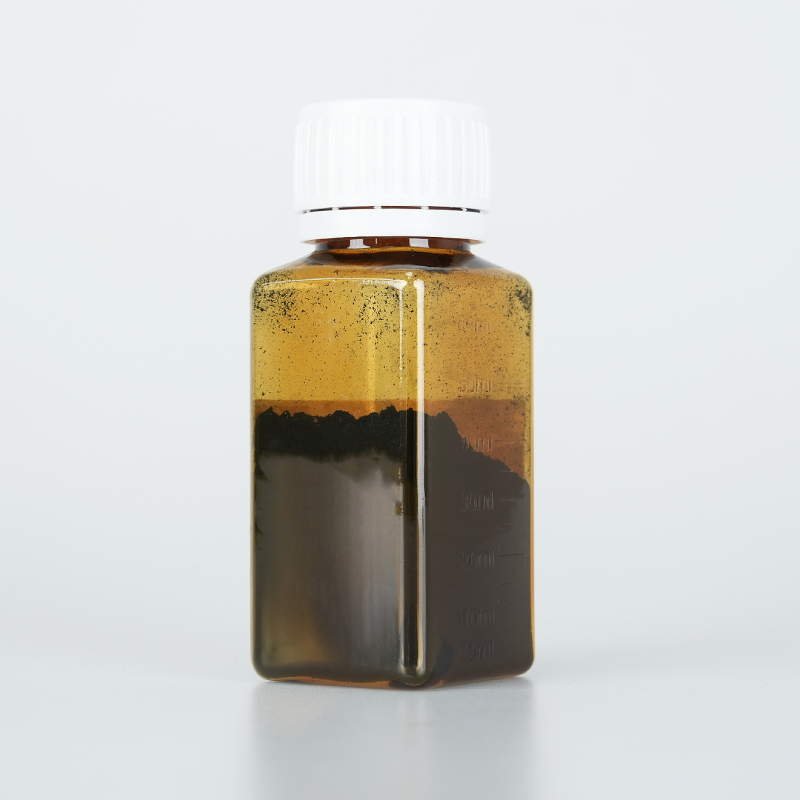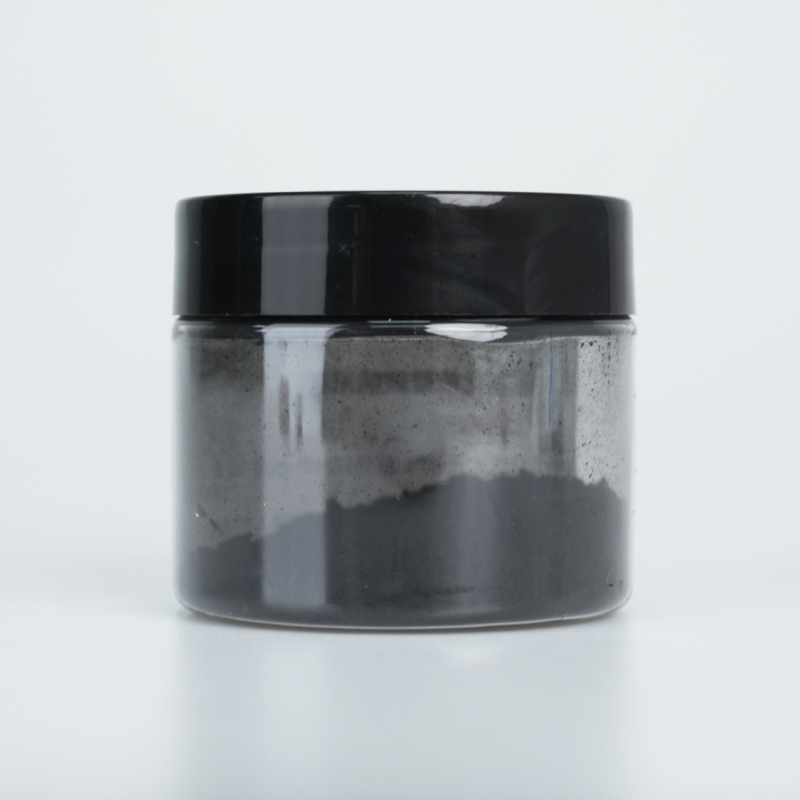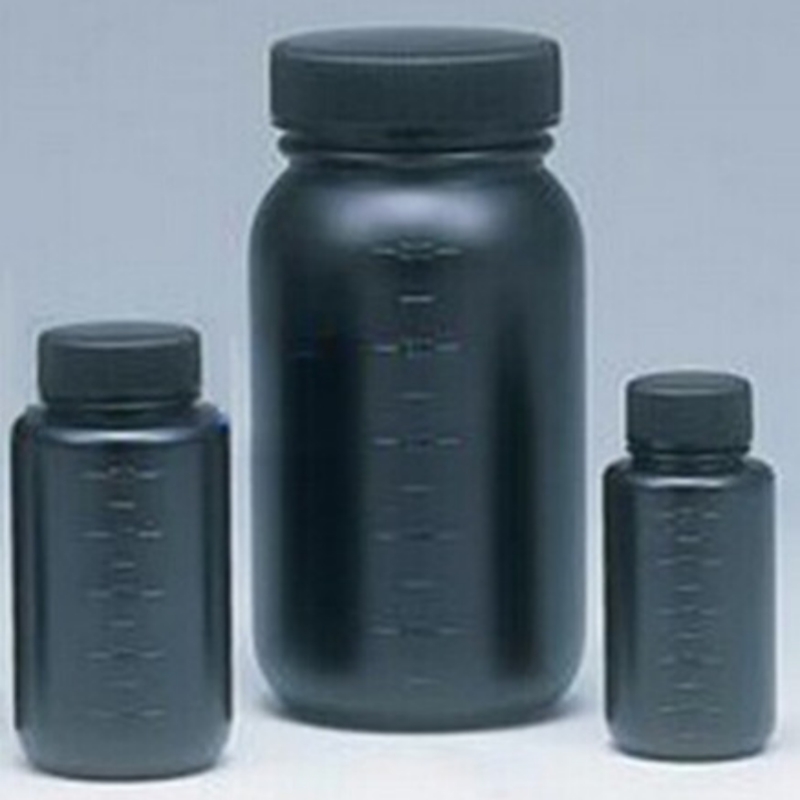Carboxylated multi-walled carbon nanotubes (MWCNTs) offer enhanced dispersibility, optimized surface functionalization, and superior chemical reactivity. Designed for advanced applications, they enable efficient integration, extended durability, and high-performance adaptability.
Product Overview
Carboxylated multi-walled carbon nanotubes (MWCNTs) consist of several concentric layers of carbon tubes and offer excellent mechanical, electrical, and thermal properties. With a diameter of 5 to 15 nanometers and a length of 0.5 to 2 micrometers, these nanotubes are carboxylated to enhance their hydrophilicity. Due to their large surface area and unique structure, carboxylated MWCNTs are widely used in fields such as composites, electronics, catalysis, and biomedicine.
Key Features
- Excellent Mechanical Properties: Extremely high strength and toughness, with strength up to dozens or even hundreds of times that of steel.
- Outstanding Electrical Properties: Excellent conductivity, making them ideal for electronic devices and conductive materials.
- Good Thermal Properties: High thermal conductivity, ensuring efficient heat transfer.
- Large Surface Area: Suitable for applications like adsorption and catalysis, providing more active sites for reactions.
Applications
- Composite Material Reinforcement: Significantly enhances the strength and stiffness of materials such as plastics, rubbers, and metals, used in structural reinforcement and composite material manufacturing.
- Electronic Devices: Used in conductive inks, sensors, flexible displays, and other electronic devices.
- Electrode Materials: As electrodes in lithium-ion batteries and supercapacitors, improving energy storage and power output capabilities.
- Catalysts and Catalyst Supports: Used as catalysts or supports to enhance catalytic performance, widely applied in chemical catalysis and energy conversion fields.
- Energy Sector: Can serve as hydrogen storage materials, utilizing their hollow structure for hydrogen storage capacity.
- Electromagnetic Wave Absorption Materials: Used for electromagnetic wave absorption, suitable for stealth, shielding, and other military and industrial applications.
- Biomedicine: Used as drug carriers, improving drug delivery and controlled-release effects, with applications in biomedicine and therapy.
- Research: An important tool in nanomaterials research, widely used in scientific experiments and studies.
| Technical Parameter | |||||||||
| Color | Diameter | Inner Diameter | Purity | Length | Carboxyl Content | Specific Surface Area | Tap Density | True Density | Conductivity |
| Black | 5-15 nm | 2-5 nm | >95% | 0.5-2 μm | 3.86 wt% | >200 m²/g | 0.27 g/cm³ | ~2.1 g/cm³ | >100 s/cm |
| Black | 5-15 nm | 2-5 nm | >95% | 10-30 μm | 3.86 wt% | >200 m²/g | 0.27 g/cm³ | ~2.1 g/cm³ | >100 s/cm |
| Black | 8-15 nm | 3-5 nm | >95% | ~50 μm | 2.56 wt% | >233 m²/g | 0.27 g/cm³ | ~2.1 g/cm³ | >100 s/cm |
| Black | 8-15 nm | 3-5 nm | >95% | 0.5-2 μm | 2.56 wt% | >233 m²/g | 0.15 g/cm³ | ~2.1 g/cm³ | >100 s/cm |
| Black | 10-20nm | 5-10nm | >95% | 0.5-2μm | 2.00wt% | >200m²/g | 0.22 g/cm³ | ~2.1 g/cm³ | >100 s/cm |
| Black | 10-20nm | 5-10nm | >95% | 10-30μm | 2.00wt% | >150m²/g | 0.22 g/cm³ | ~2.1 g/cm³ | >100 s/cm |
| Black | 20-30nm | 5-10nm | >95% | 0.5-2μm | 1.23wt% | >110m²/g | 0.28 g/cm³ | ~2.1 g/cm³ | >100 s/cm |
| Black | 20-30nm | 5-10nm | >95% | 10-30μm | 1.23wt% | >110m²/g | 0.28 g/cm³ | ~2.1 g/cm³ | >100 s/cm |
| Black | 30-50nm | 5-12nm | >95% | 0.5-2μm | 0.73wt% | >60m²/g | 0.22 g/cm³ | ~2.1 g/cm³ | >100 s/cm |
| Black | 30-50nm | 5-12nm | >95% | <10μm | 0.73 wt% | >60 m²·g⁻¹ | 0.22 g/cm³ | ~2.1 g/cm³ | >100 s/cm |
| Black | >50nm | 5-15nm | >95% | 0.5-2μm | 0.49wt% | >40m²/g | 0.18 g/cm³ | ~2.1 g/cm³ | >100 s/cm |
| Black | >50nm | 5-15nm | >95% | <10μm | 0.49 wt% | >40 m²·g⁻¹ | 0.18 g/cm³ | ~2.1 g/cm³ | >100 s/cm |
| Black | 4-6nm | / | >98% | 0.5-2μm | / | >400 m²/g | 0.351 g/cm³ | / | >100 s/cm |
| Black | 4-6nm | / | >98% | 10-20μm | / | >400 m²/g | 0.351 g/cm³ | / | >100 s/cm |
 new material
new material

